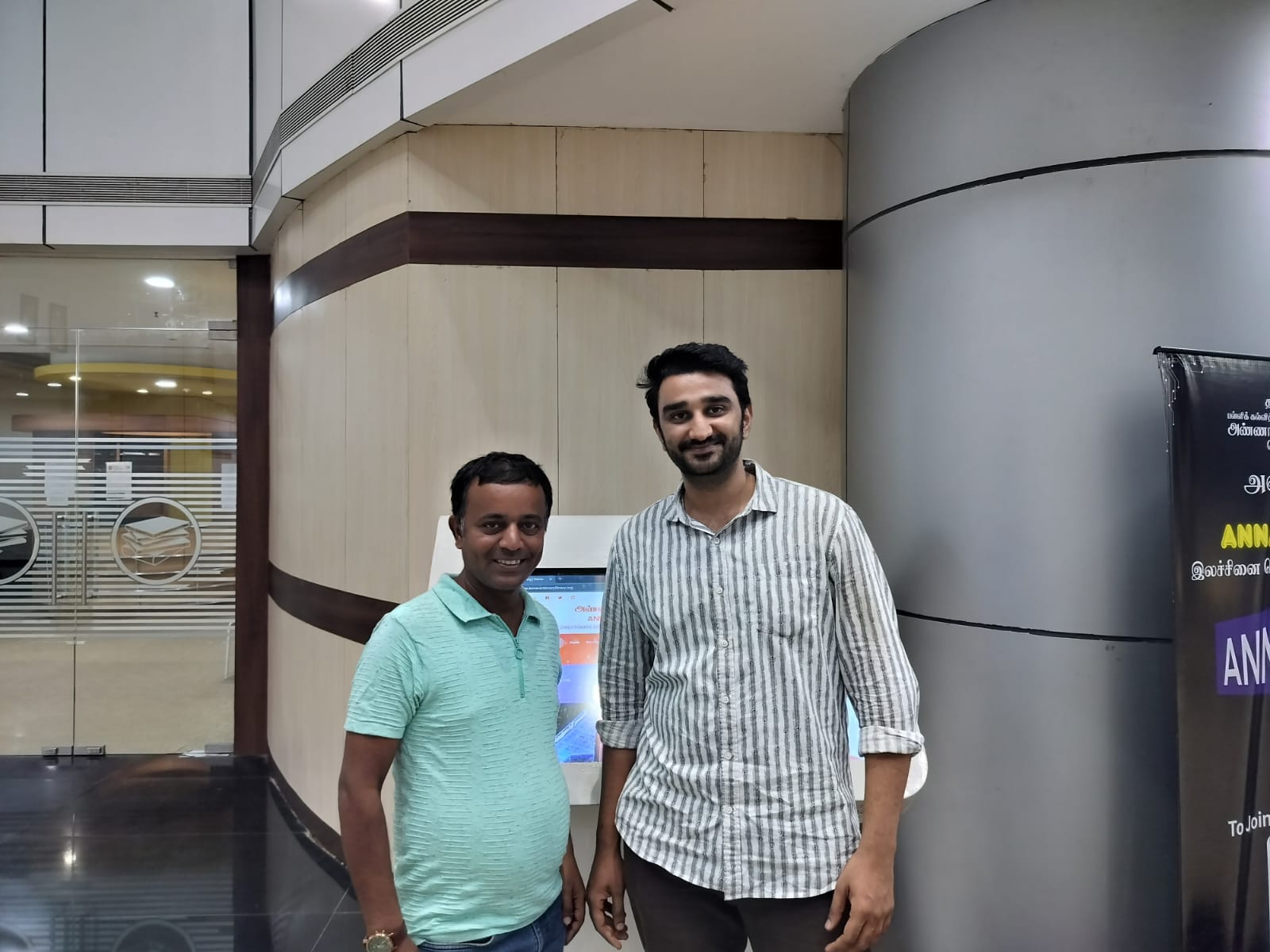Introduction of the Goods and Services Tax (GST) in India marked a significant shift in the indirect tax regime, aiming to simplify taxation, avoid cascading taxes, and promote seamless inter-state trade. A cornerstone of GST is the Input Tax Credit (ITC) mechanism, which allows businesses to offset the tax paid on inputs against the tax liability on output supplies. This mechanism not only reduces the overall tax burden but also enhances liquidity and promotes compliance.
While ITC provides substantial benefits such as reduction of cascading effects, ease of doing business, and improved transparency, it is not without loopholes. Challenges include fraudulent claims, mismatched invoices, and exploitation by unscrupulous entities, leading to revenue leakage for the government. Judicial scrutiny and administrative vigilance have addressed many such issues, with courts interpreting provisions to balance taxpayer rights and government interests.
Several landmark case laws, such as M/s CCE v. Shree Balaji Alloys, Godrej & Boyce Mfg. Co. Ltd., and Union of India v. Dharamshi And Co., illustrate the evolving jurisprudence around ITC eligibility, documentation requirements, and reversal obligations. Concurrently, investigations by GST authorities, including audits, scrutiny, and anti-evasion measures, play a critical role in curbing misuse and ensuring the integrity of the ITC system.
This Book critically examines the framework of ITC under GST, highlighting its economic advantages, vulnerabilities, and the interplay of judicial and administrative measures in safeguarding revenue. It concludes with recommendations for improving compliance, closing loopholes, and enhancing the efficacy of ITC as a tool for a transparent and efficient tax regime.
The primary purpose of this book, as highlighted by Mr. A. Sudharshan, is to provide students and practicing advocates with a clear and practical insight into Input Tax Credit (ITC) under GST, enabling a better understanding of its benefits, challenges, and legal implications. He expresses his sincere gratitude to his colleague, Ms. Aiswarya S, whose support was instrumental in making the completion of this book possible.
Co-author Mr. Madhav Ganesh adds that it has been his immense pleasure to collaborate with Mr. A. Sudharshan, who serves as Assistant Professor at Hindustan University. He, too, extends heartfelt thanks to Ms. Aiswarya S for her continuous support throughout the writing and publishing process, which contributed significantly to the successful realization of this work.

